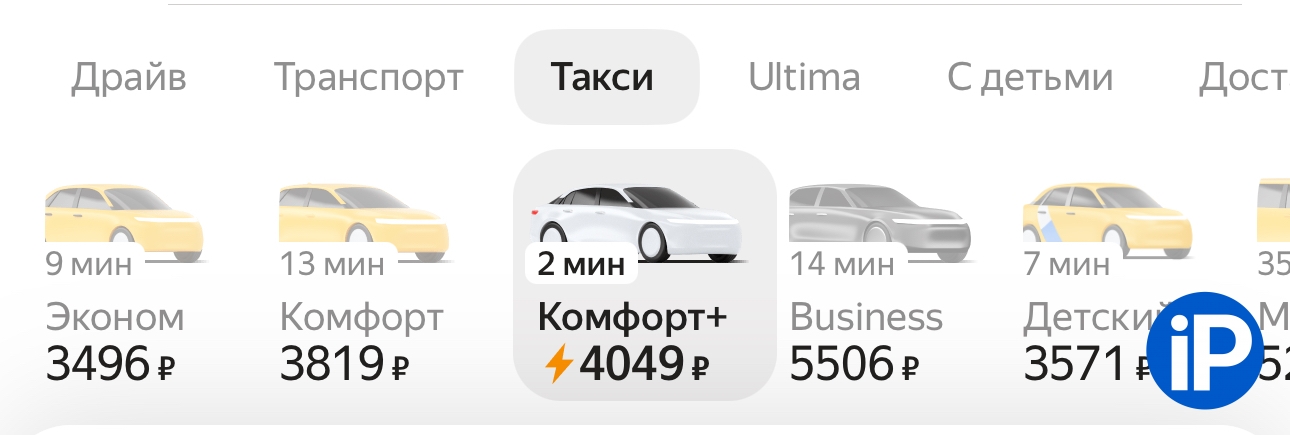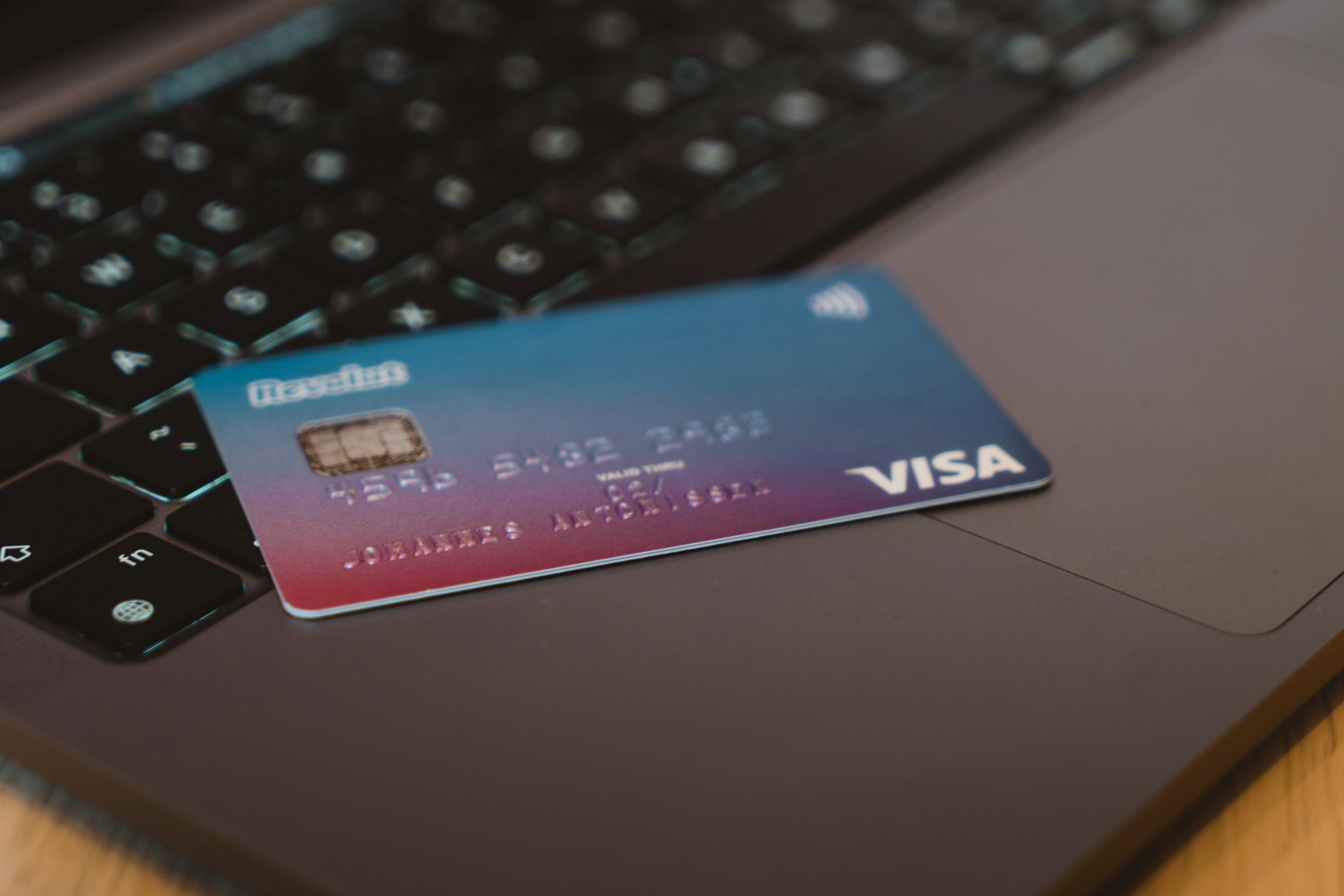In mid-December, I tried to leave home from the center of Moscow. It snowed and I expected a high tariff in advance. But not that much. I wanted to charge me almost three times more money than usual: 3,500 rubles. I have never seen any prices for this route in the capital.
The issue of prices for taxi rides comes up regularly in Russia – and recently this has been happening more and more often. According to Opublic council for taxi development And Analytical Center for the Government of the Russian FederationThe average cost of an accident in Russia has increased by as much as 30% in just one year.
Most often we notice the price of a trip next to the “high demand” mark. But what influences it? How is the cost of a trip calculated? And, most importantly, are there ways to reduce the cost or are they even maintained?
Let’s try to find answers to these questions here.
Briefly:
How is the cost of the trip calculated?
How does the multiplying factor work?
Do passenger and driver ratings affect the cost of the trip?
When should you order a taxi so that the price is lower?
Is it possible to leave your price visible?
How is the cost of the trip calculated?

In Russia, a system of fixed payment for a trip has long taken root. Taximeter calculations are practically a thing of the past, remaining situational. We demand to open the application, enter the address and immediately see how much we will pay, not a penny less or more.
So what does this amount include and why might it change significantly?
1. Offer price: fixed start fee, the client pays for the trip. It covers the cost of delivering the vehicle to its intended destination. A certificate from the car class or tariff service can be obtained if he orders a car.
How does it affect: The further the location of the offer is from the starting points of the route and the fewer cars provide services near them, the higher the cost of the offer may be. For example, taking a taxi to a remote area or during rush hour may increase this amount.
2. Cost of gasoline: Obviously, this is the cost of fuel that the driver needs to complete the trip. According to Rosstat, the cost of a liter of gasoline in 2024 increased from an average of three to seven rubles per year and now amounts to about 55-59 rubles for AI-92 and AI-95, respectively.
How does it affect: a long one increases mileage, which leads to higher fuel consumption and, accordingly, to an increase in the final cost.
3. Service Commission: a percentage of the cost of the trip that the taxi ordering service takes for itself. This commission goes towards the content and service platform.
How does it affect: The higher the cost of the service, the higher the final cost for the client. The agreement can be negotiated depending on the region, tariffs and terms of the taxi contract or taxi fleet with the service. The average commission in Russian online taxi ordering services is from 18% to 30%.

4. Sun surcharge: Extra charge during peak hours, bad weather or holidays. It is applied to the delivery of a car and is a motivator to ensure that your customer driver is interested in taking part in a highly competitive environment with others.
How does it affect: During periods of rising sunglasses, the number of available drivers is limited to more traditional ones, resulting in increased travel costs to progress and drivers’ time.
5. Situation on the road: the presence of traffic jams, heavy work, overlaps and difficult weather conditions. Data taken from map services.
How does it affect: Travel time increases, and this is a significant, prudent and unexpected cost.
6. Lighting factor: A metric that takes into account current travel demand compared to the available number of drivers. Introduced to motivate drivers who book time to rest.
How does it affect: During periods of high stress (such as evening hours, weekends and bad weather), the flash factor increases, resulting in higher travel costs, costs and supply costs. The final increase in the cost of the trip can be one and a half, two or more times compared to the usual one.

7. Travel kilometers: The distance that must be traveled to deliver the client to the destination. One of the most static factors in the price of a trip.
How does it affect: mileage, as during the trip, is usually calculated at the time of order, and deviations from it in any direction do not change the final cost. The exception would be if the drop off point is changed or stops are added along the way – in this case the cost will be recalculated.
8. Travel time: the duration of the trip, which directly affects the mileage and, accordingly, fuel consumption and driver time. Yes, And time, And mileage is taken into account separately in accordance with the tariff associated with the car.
How does it affect: Naturally, the longer it takes to travel from pick-up points to drop-off points, the more expensive the trip will be. As a rule, this is carefully taken into account at the time of ordering, and unforeseen situations on the road that increase the travel time (for example, the driver missed a turn) do not affect it.
These are not all factors. For example, additional services (for example, a child seat) are considered, as well as paid services. The type of car that comes to you almost always depends on the latter.
All this is calculated, added to the online trip ordering service, and you constantly receive a final price calculation.
How does the multiplying factor work and what does it depend on?

An increasing factor is often and rarely a factor in the cost of a trip that is advantageous in advance. As expected, passengers do not like him and drivers adore him. Both of them can be understood.
Why is it needed? During peak hours and holidays the number of orders increases significantly. The number of orders takes into account the number of available drivers. This creates a viewing situation that often turns the sentence around.
If there were no increase factor, you would be waiting for a very long time for a car, blindly competing with the large number of orders in your area. At a minimum, this option is not very fair for those whose orders drivers earn less than with others – because simply no one will accept such people. You would end up waiting a long time, you would be assigned a car from the other side of town, or you wouldn’t go at all.
Services need successful trips and satisfied passengers. Therefore, the increasing coefficient is a way to balance both supply and demand at first. For those who care, I will get there in another way or wait, without throwing drivers into the request area. Drivers receive an incentive to go online and actively fulfill orders, since their income during this period is significantly paid.
How this coefficient calculation mechanism works can be considered a trade secret of each individual custom order taken. But it is a fact that this depends on the number of cars on the line and the number of orders, as well as on the situation in the delivery area and the route to the disembarkation station.
Do passenger and driver ratings affect the cost of the trip?

Based on distorted information, the correct answer to this question is Nocan’t be distinguished. None of the taxi ordering services have previously reported that the rating of the driver or passenger is used as a factor in calculating the final cost of the trip.
There is another side to this. With a passenger, everything is simple: if he has a low rating, drivers are not so willing to accept his orders. The price does not change or changes slightly, additionally: for example, due to the fact that the cost of the offer increases. But the ratings of some drivers have a greater influence.
For example, if the rating drops significantly, the driver may be temporarily disconnected from the service or imposed penalties, which is reflected in a decrease in the priority of receiving new orders or a decrease in participation income. Within certain tariffs, there may also be a norm of border norms, and if the driver falls out of them, he can prohibit orders under these tariffs until a correction of the situation is made.
When should you order a taxi so that the price is lower?

It’s easier to say when is the best time to book a taxi Noprofitable. Consider when most people will leave and return to work. When most people are traveling on business in the city, children are dropped off or picked up at schools. When you have the biggest traffic jams in and around the city. It was at this time that I ordered the most expensive car.
In this case, there are several sides of interest. By following them, you can significantly reduce your travel costs, especially if you use such services very often. Very often these anomalies are unique and depend on the region and city. Over time, passengers discover such “life hacks” from personal experience.
I’ll share mine and won’t refuse yours in the comments. From my home best to squeeze out around 8:50 a.m. and then around 9:50-10:20 a.m. And with work, the ideal departure time is from 19:50 to 20:10. This is likely due to new drivers entering the line and road repairs.
Just advertise these “slots”, just for a couple of minutes, and you will have to pay at least a third of the cost, and sometimes more. We are talking about 600, and sometimes 1000 rubles difference, which can turn into significant savings on private trips.
Is it possible to leave your price visible?

The answer is yes. In Russia it is now gaining momentum Drive. This is a service with exactly this feature, which we recently wrote a review of.
IN Drive The cost of the trip depends on the agreements between passengers and drivers directly in the application. That is the passenger sets the pricefor which I am ready to go. Drivers can improve or offer their own price.
To give an example of my personal situation from last week. The taxi service wanted 3208 rubles per turn to the house. Open Drivescored the same route and set the price at 1800 rubles.
After 4 minutes I received an offer notification from the driver, I agreed. And I got home for 1900 rubles.
Saving 1400 rublesconsider it out of the blue.

All this is at least unusual and runs counter to the way other similar services have worked in recent years. An unknown and constantly unpredictable algorithm is responsible for managing prices at a remote distance, and you simply. Want travel strictly for 500 rubles? Try it, no one forbids you.
Drive He simply indicates the cost, and then you decide for yourself at what price you are willing to go. If you need to send it very urgently, you can increase the price. But it was possible.
Here everyone decides for themselves how much to pay or receive for it – it seems fair to me, there’s simply no way.
Source: Iphones RU
I am a professional journalist and content creator with extensive experience writing for news websites. I currently work as an author at Gadget Onus, where I specialize in covering hot news topics. My written pieces have been published on some of the biggest media outlets around the world, including The Guardian and BBC News.










